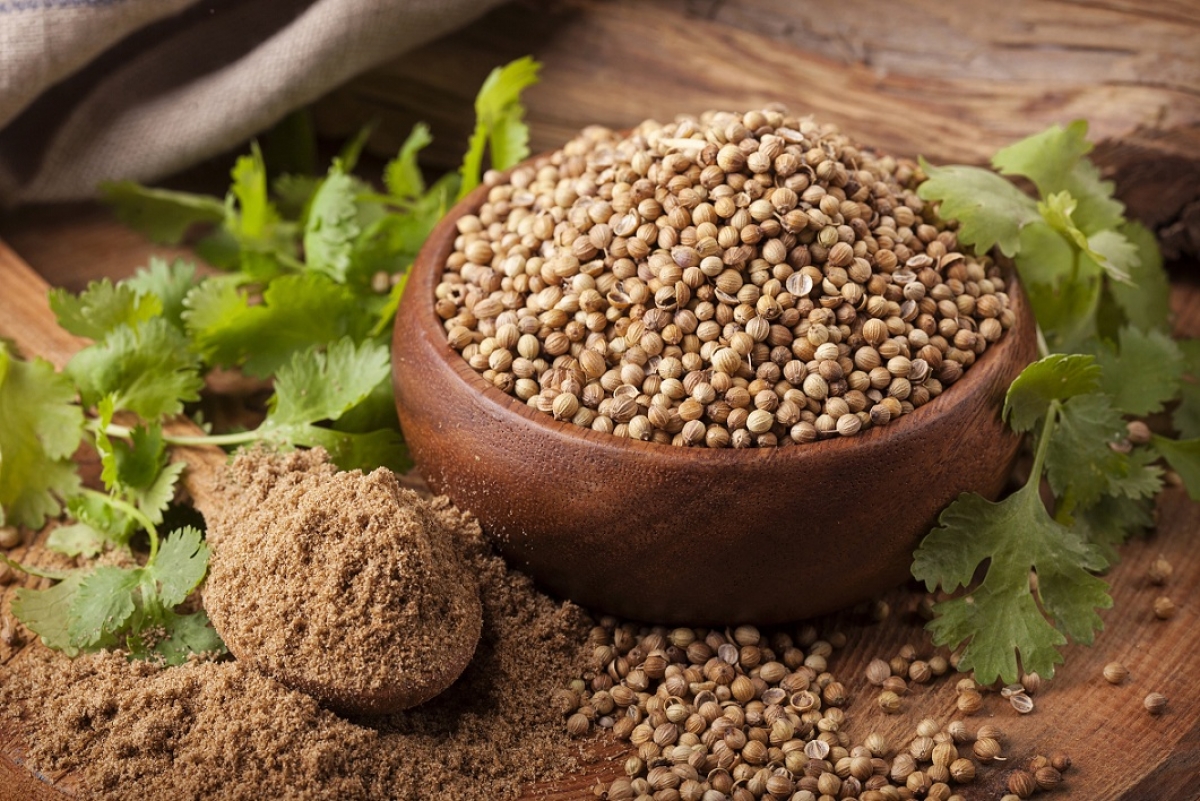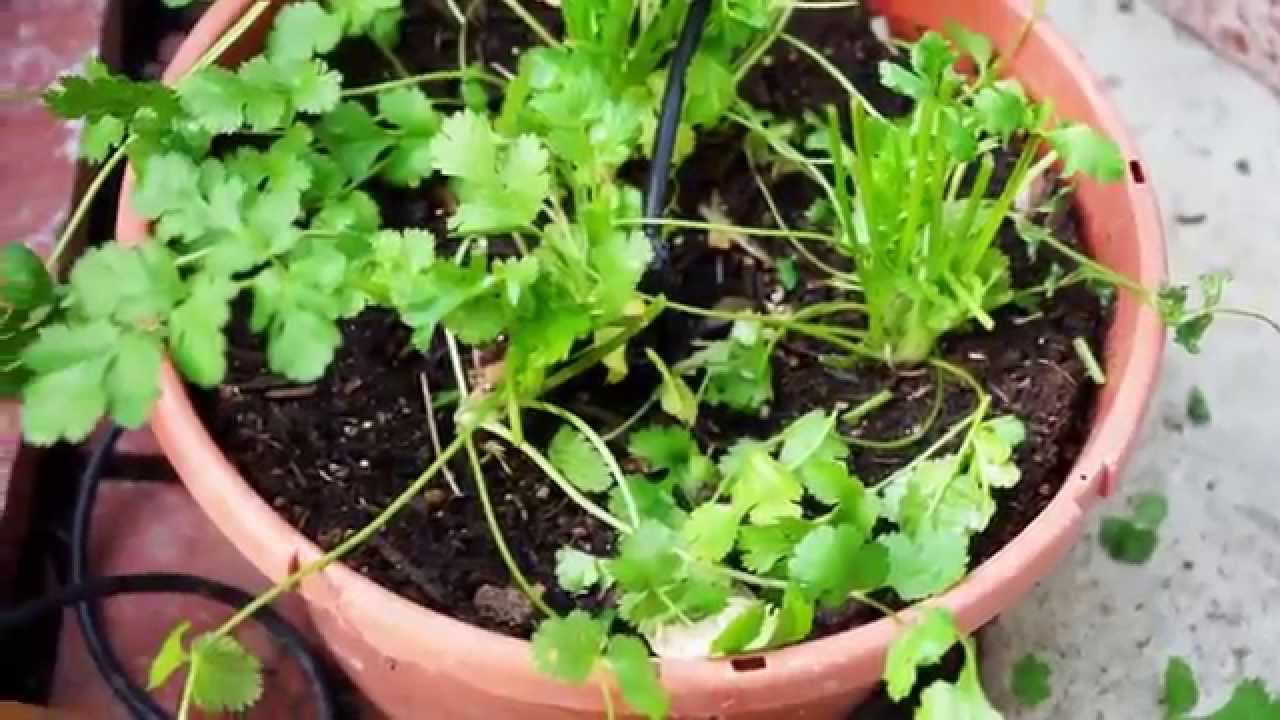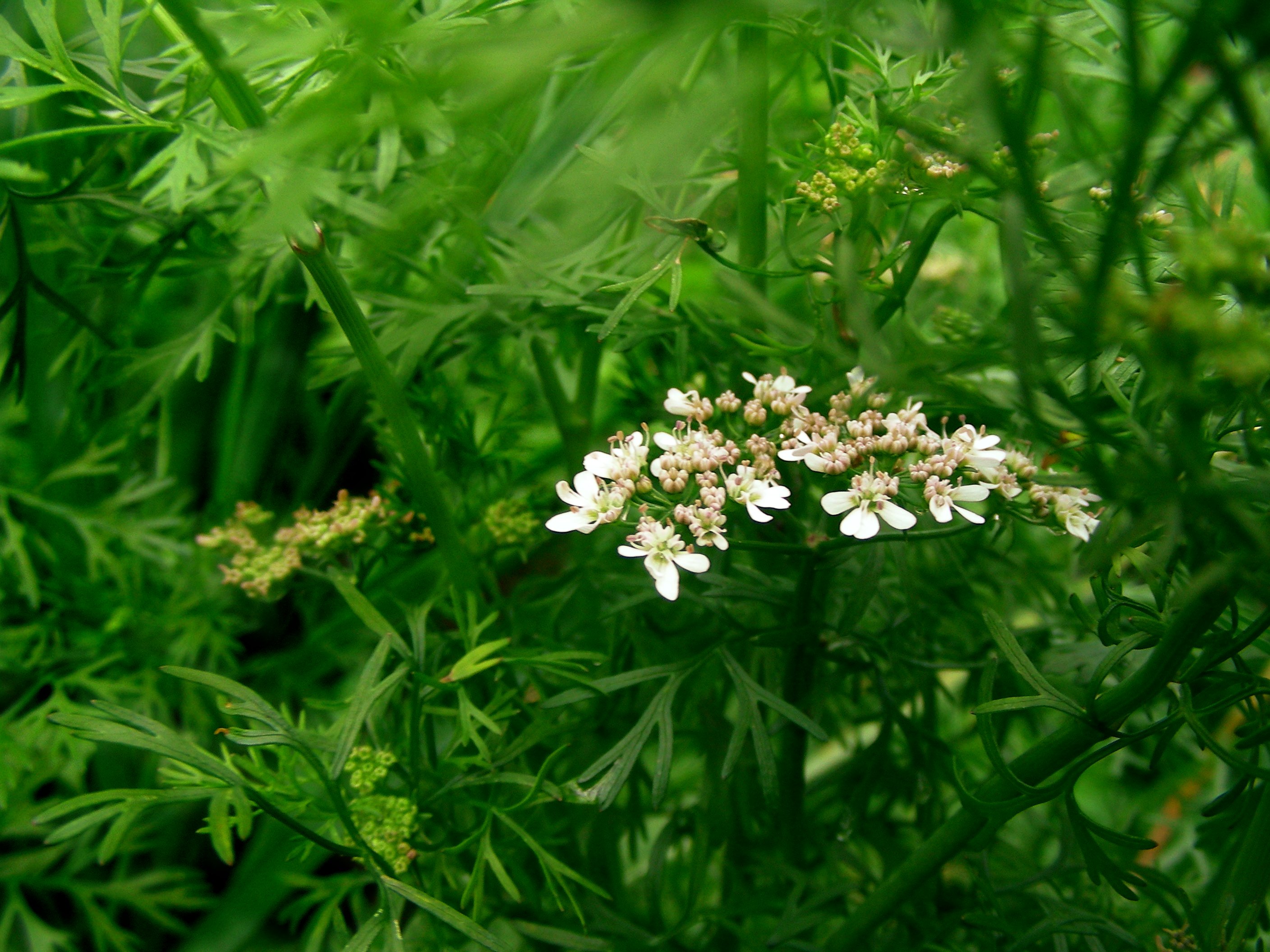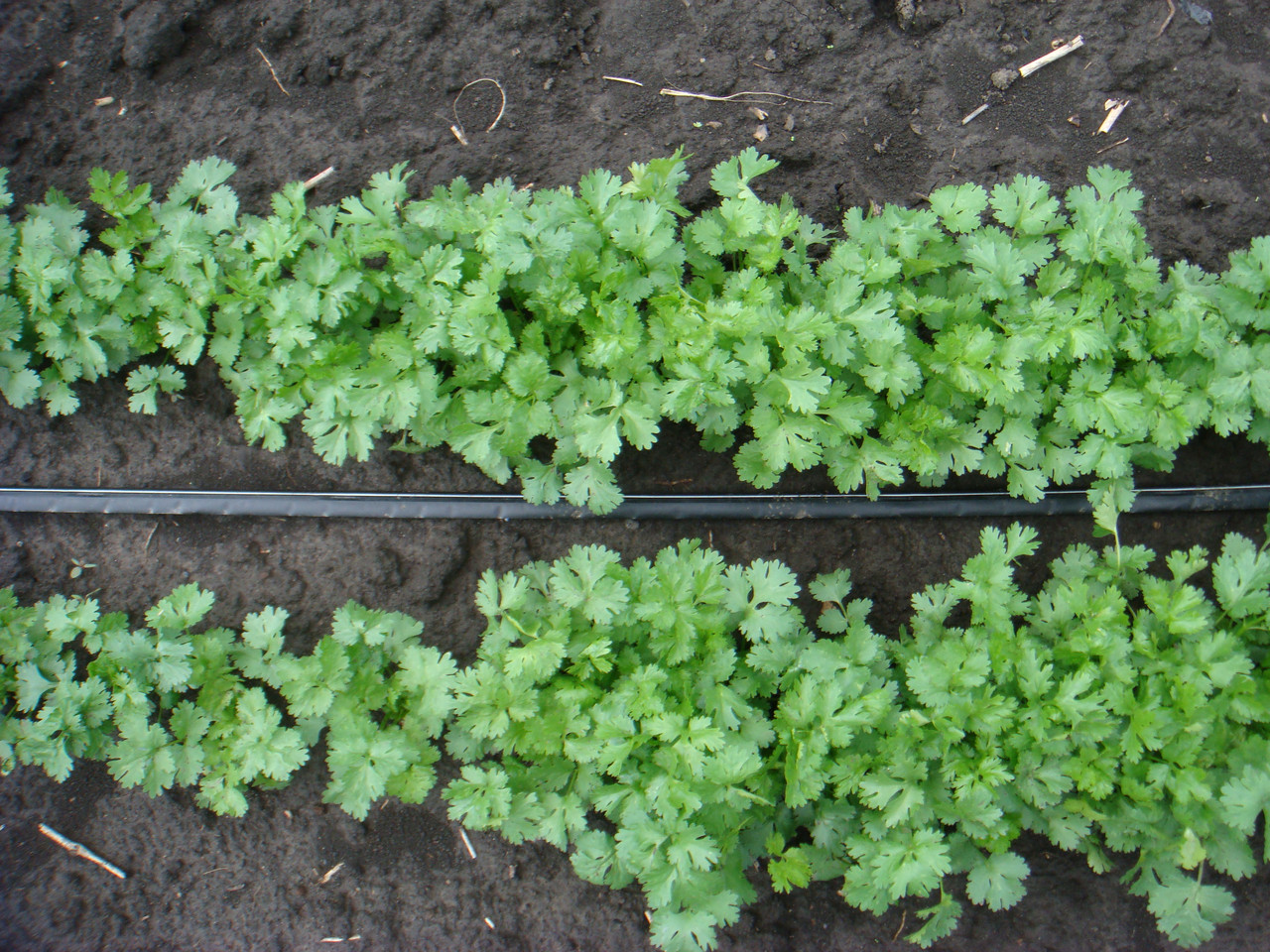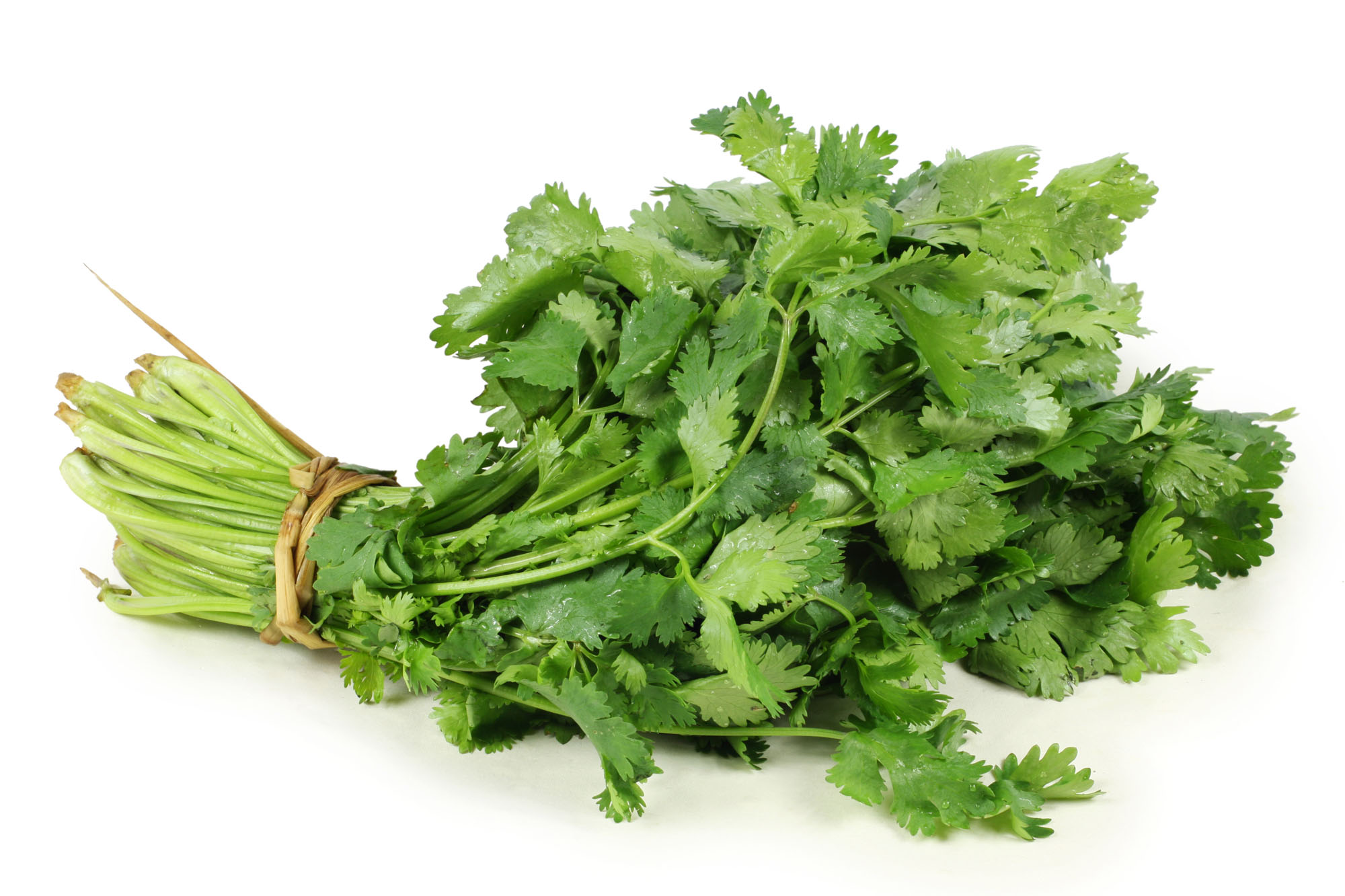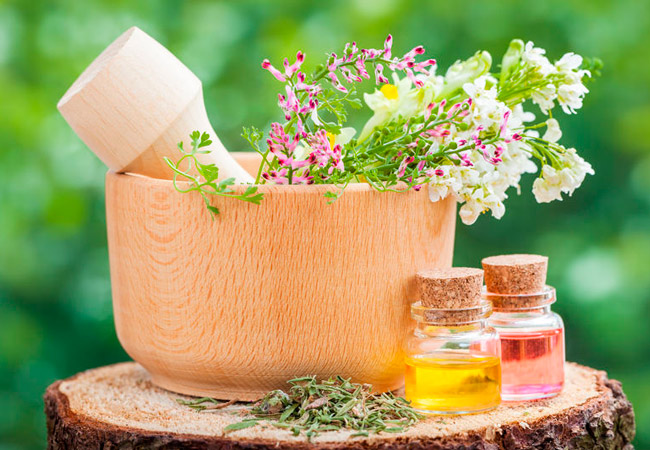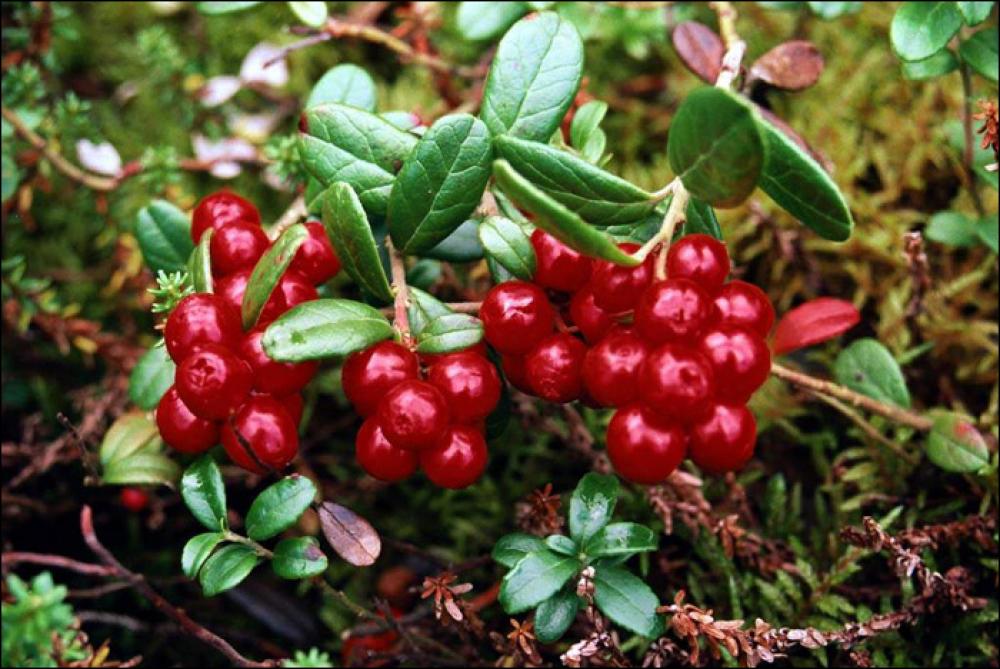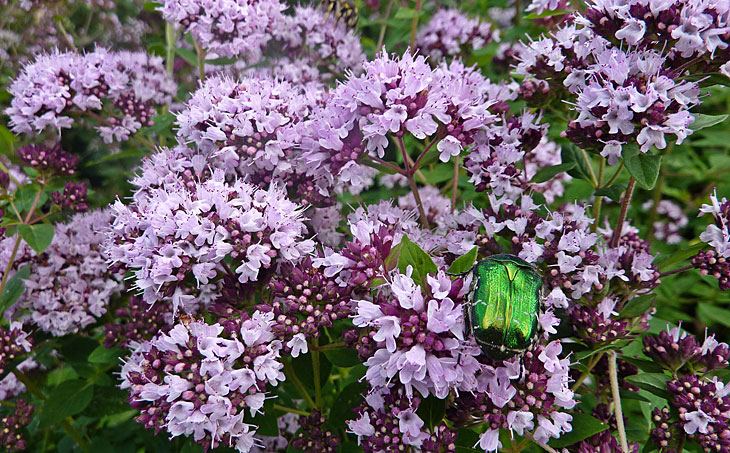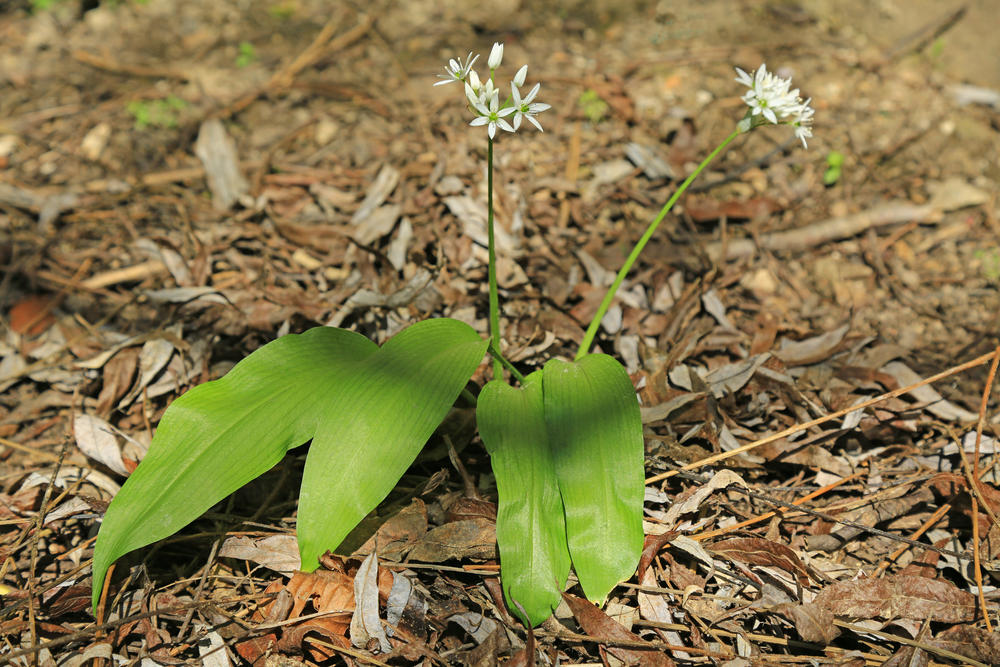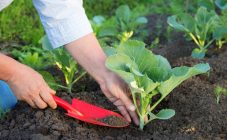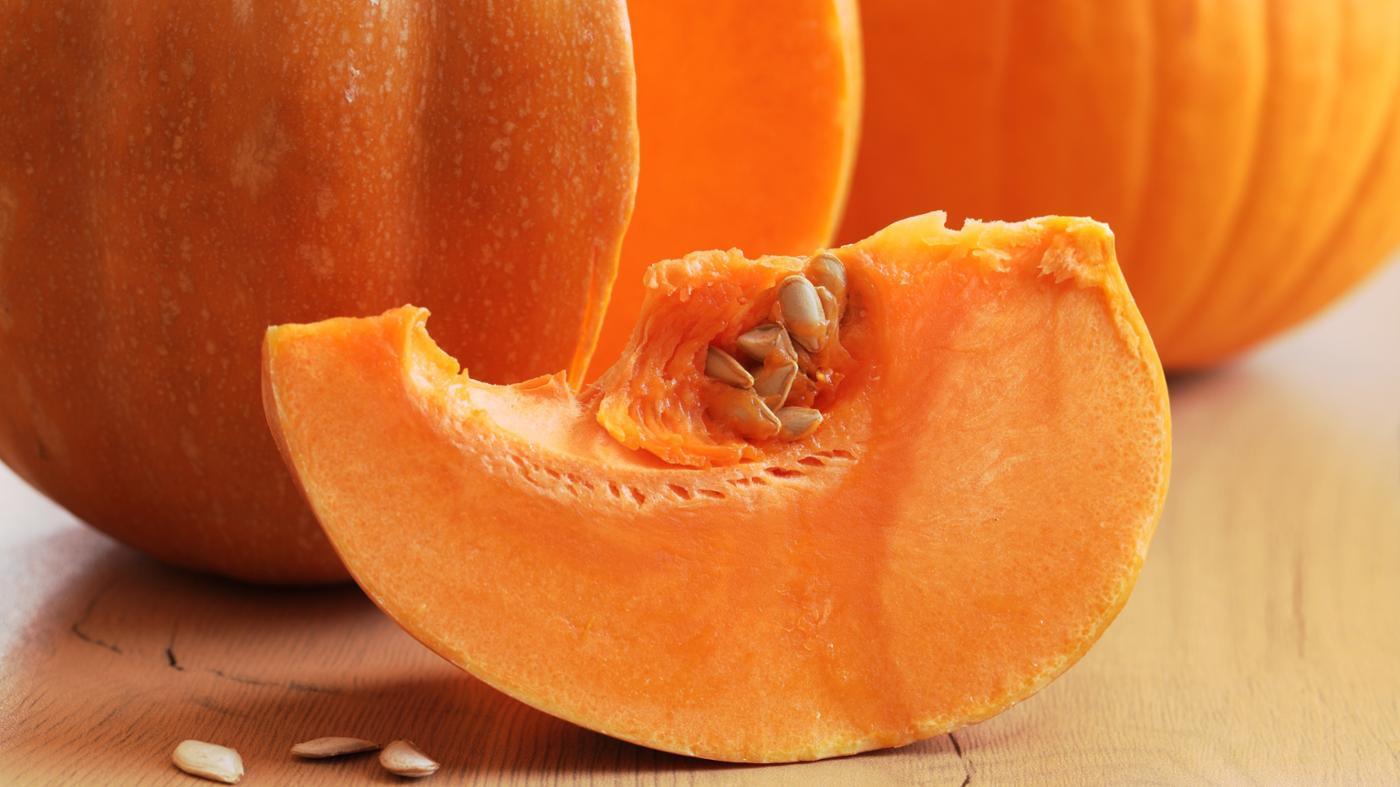Content:
Coriander, also called cilantro, is an annual herb. From the point of view of botany, it is part of the Umbrella family. Cilantro is usually called the green part of the shrub, and coriander is its seed part.
General information
Cilantro is grown everywhere. This herb is used freshly harvested and dried as a complement to a huge range of dishes and sauces, making the culinary product spicy in taste. Due to the high content of essential oils, cilantro greens have a very strong aroma characteristic of spices. The seeds are also widely used in the culinary field.
The Japanese people, who have been improving the process of planting cilantro for more than 5 thousand years, claim that the use of coriander has a positive effect on life expectancy. The spread of Korean national dishes made this herbaceous plant famous in our country.
The chemical composition of cilantro includes the following mineral elements:
- essential oils;
- potassium;
- calcium;
- phosphorus;
- iodine;
- vitamin A;
- vitamin E;
- vitamin K;
- vitamin B;
- vitamin P;
- vitamin PP.
Fresh cilantro helps to increase appetite and accelerate digestion processes for heavy foods.
Ailments for which the leaf and seed parts of the plant are especially useful:
- decreased brain activity;
- deterioration of the heart;
- a tendency to hysteria;
- oppressed states.
There are a huge number of varietal varieties of coriander. Their difference lies in the specific purpose of growing a plant: for obtaining a seed crop, one variety is presented, and for collecting greenery - completely different from the first category, aimed at obtaining seeds. All of them, like other horticultural crops, are subdivided into varieties of early ripening, mid-ripening and late ripening periods.
Required conditions for germination
The cultivation of a herbaceous plant such as coriander, planting and care in the open field, which should be carried out in conditions of light soil material of a loamy or sandy loam type, suggests that before planting, the soil should be fertilized by adding 2 kilograms of humus to a plot of 1 m2. Humus can be replaced with 30 grams of mineral fertilizers. The soil must be dry enough.
The area for planting cilantro should receive a sufficient amount of sunlight, so a greenhouse is not recommended as a permanent cultivation site. You can provide the plant with conditions of light partial shade by planting it near a bush or near a fence, which will periodically open access to direct sunlight.
The ridge should be located on a flat area, since in lowland conditions, the development of the plant and the ability to continue to germinate slows down, and the accumulation of moisture can lead to the death of the planting.
The following crops are suitable as precursors that are best sown to ensure rotation when growing coriander:
- legumes;
- cucumbers;
- cabbage;
- potatoes;
- perennial herbs.
Breeding methods for coriander
This plant is propagated by seed. Sowing material can be harvested by hand or purchased from a specialized outlet. Also, this grass is characterized by self-sowing reproduction, in which the seeds that have been under the snow cover during the winter are able to sprout independently with the onset of spring - this will eliminate the need to plant this plant every year.
Self-collection of seed
The first step is to determine the degree of seed maturity.
A correct agronomic analysis can be carried out based on the external condition of the fruits:
- Ripe seeds have turned brown and can be easily removed by hand. You can collect them when the process of shedding has begun;
- The ability to germinate seed material retains no more than two years, if not sown immediately.
Seed preparation before sowing
To make the rate of seed germination and their ripening even faster, before growing spicy cilantro, they should be soaked in a solution with the addition of a growth stimulant before planting begins.
Sowing time for coriander seeds
You can sow cilantro both at the beginning and at the end of the horticultural season:
- Spring-summer sowing in open ground conditions is carried out at the end of April. The appearance of peduncles on a plant sown in the period when the calendar summer is just beginning, or at the end of May, occurs after 20 days.
The minimum ejection of the arrowhead occurs in the period from July to early autumn - at this time, the greenery develops with particular intensity. Harvesting will be possible only if the condition of timely removal of peduncles at an early stage of development of this part of the plant is met.
- Autumn sowing is carried out by the end of October if further warming is impossible. In this case, early seed germination will occur in the next season when the first warming occurs.
Sowing algorithm for cilantro plants growing from seeds in open ground conditions:
- For a planting area of 1 m2, prepare about 3 grams of seed;
- Plant the seeds at a 2 cm depth;
- Thin out the sprouted shoots several times.
The first shoots appear a month after starting to grow cilantro, however, certain weather conditions may contribute to the earlier germination of cilantro.
A regular herbal harvest is possible when sowing every two weeks during the warm season. You can cut spicy grass 45 days after sowing. Several crops can be grown within one plot.
In addition, cilantro can be sown at home on a windowsill, where it is capable of producing almost the same bountiful harvests as in the garden:
- Prepare a container for planting, the ideal option for which would be a seedling box or container;
- Prepare soil material that you can mix yourself from organic components or purchase ready-made land on a trading platform that sells products for gardeners and gardeners;
- Purchase or collect seeds in advance;
- Sow seed material;
- Constantly maintain a stable level of room temperature in the room;
- Provide the necessary soil moisture;
- Extend daylight hours by using a fluorescent lamp.
Outdoor care
Freshly grown plants need careful care. Weed plants, if not removed in a timely manner, can destroy immature plantings. When removing weak plants, the ridge must be thinned out.
When the coriander plant grows to the 5 cm mark, a nitrogen fertilizer should be applied to the soil. Mulching the soil will help keep the moisture level at the desired level, as well as slow down the growth of weeds.
The leading goal of events, how to plant and care for cilantro correctly, and how to grow cilantro so that the harvest is abundant, is to stop the overgrowth of grass planting:
- Seedlings must be thinned regularly;
- The strongest shoots should be preserved;
- Irrigation is carried out as needed;
- Remove weeds in a timely manner;
- Loosen the soil periodically;
- Mulching is carried out by the root method;
- For fertilization, use potassium-phosphate fertilizers.
How to water coriander
Regular irrigation will help you get a rich harvest of luscious greenery. A lack of moisture will lead to a deterioration in the quality of the process of forming a leaf rosette and the formation of excess arrowheads. 1 m2 planted with cilantro shoots requires 4 liters of water for irrigation. During the transition to the stage of enhanced germination, the volume of the liquid doubles.
Prevention of diseases and pests
Cilantro is susceptible to the occurrence of lesions by the following diseases:
- Ramulariasis;
- Powdery mildew.
It is possible to prevent the appearance of these diseases with careful adherence to agricultural techniques, avoiding waterlogging of the soil. If affected areas appear, they must be removed, and then treated with a fungicide.
List of insect pests that pose a threat to coriander plantings:
- several varieties of bedbugs;
- seed eaters;
- winter scoops;
- umbrella moth;
- wireworms.
How to harvest and harvest crops
When more than a third of the shrub is cut, its growth will be completely stopped and stopped. Ensuring the development of the plant over two successive cycles is possible only when harvesting the upper leaf part - the shoots located at the bottom must be left. Having entered the flowering stage after planting cilantro, the herbaceous planting of coriander ceases to provide the ability to grow those shoots that can be used for gastronomic purposes. Seeds that are ripe by the beginning of autumn can be used in cooking and to create canned blanks.The dried fruit can be used as seed for growing coriander for the next horticultural season, if properly processed.
Coriander is used in cooking by many nationalities. Simple agricultural techniques, how to grow cilantro, allowing you to plant this plant even on a windowsill in an ordinary apartment, knowing when to plant cilantro in open ground, and unpretentious care, including compatibility with some other garden crops, will allow you to grow this aromatic herbal plant on any home garden plot, such as a private house or summer cottage. Such a bed will yield a harvest of useful medicinal herbs that can have a beneficial effect on the human body and help in the treatment of many ailments - it is this plant that is part of a huge number of medicines. In addition, any number of home remedies can be prepared from coriander according to numerous folk recipes.
